Social media is a powerful tool to find customers and engage with them. You can delight prospects without the interruption of annoying cold calls and hard sells from your business phone system. If you want to master the art of social selling, LinkedIn would be a great place to start.
You might think LinkedIn is a professional platform, but it’s also a thriving social network and you can use it to grow your business just like any other social media community. LinkedIn, in fact, has been found to be 277% more effective for lead generation than Facebook or Twitter.
LinkedIn is a relationship building platform, and if your target market is made up of professionals, business owners, and the C-suite, it’s the right place to find your customers. For retail businesses, LinkedIn has higher conversion rates because it can help you target your communication efforts to the right demographic.
Moreover, it is easier to build and maintain relationships within LinkedIn. Follow the five tips below to start attracting prospects and filling up your sales funnel.
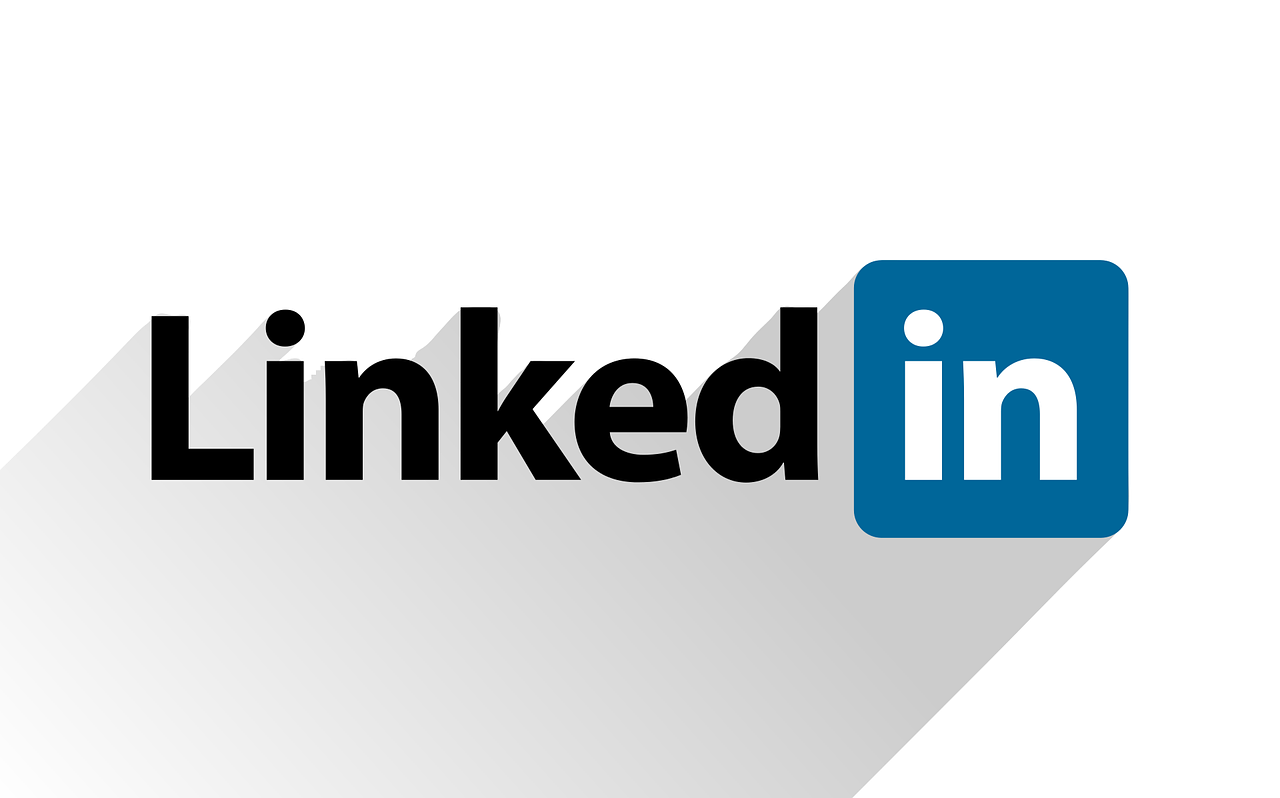
1. Set up your ecommerce LinkedIn page and optimize it
You cannot go out engaging with connections unless you have a profile for them to come to. This is your initial inbound marketing strategy and you need a page that has information about you for when connections seek you out.
You need to make sure your ecommerce LinkedIn page has links to your website, Twitter, and Facebook page. Include customer testimonials from satisfied clients so visitors to your profile have a better idea of who you are and what you’re all about. Your profile can help you build trust and brand image just like often communicating in the workplace does.
Your LinkedIn page is just as important as your website or the virtual training tips you’ve received through the years, and it is completely free to have one. Make sure it is professional in its outlook and you have a photo to put a face to the name. Filling your profile out in its entirety is absolutely crucial. Cultivate an impressive page that makes people want to scroll on and land on your website.
2. Add connections and start networking
Networking is LinkedIn’s main draw. It is this feature that can help you with lead generation the most. Connect and engage with current clients and start sending out connection requests to people you have connections in common with or those who viewed your profile. The “People you may know” section might be a good place to start.
Connections spawn more connections. Your primary contacts give you access to unlimited second and third level connections. This is how to scale up your efforts.
Ideally, you should add an introductory note to personalize your message to someone you want to connect with. Give them a reason to connect with you, make a warm pitch so they remember your name and want to check out your ecommerce LinkedIn profile. Do not attempt a cold email strategy.
You can add connections by giving LinkedIn access to your email list and then start networking with all your current or old customers who are on LinkedIn, this is a great startup growth strategy you can adapt for your store.
This gives you a chance to retain customers by increasing your interactions with them. Connecting with customers has an added bonus of asking them for recommendations. Testimonials are the best form of social proof and push prospects down the conversion funnel like no other tactic.
LinkedIn is a remarkable platform to stay in touch and maintain a relationship with your customers. Old customers count for a major part of your sales as part of your customer retention strategy. Make sure your LinkedIn requests to them are customized and explain why you would like to connect with them.
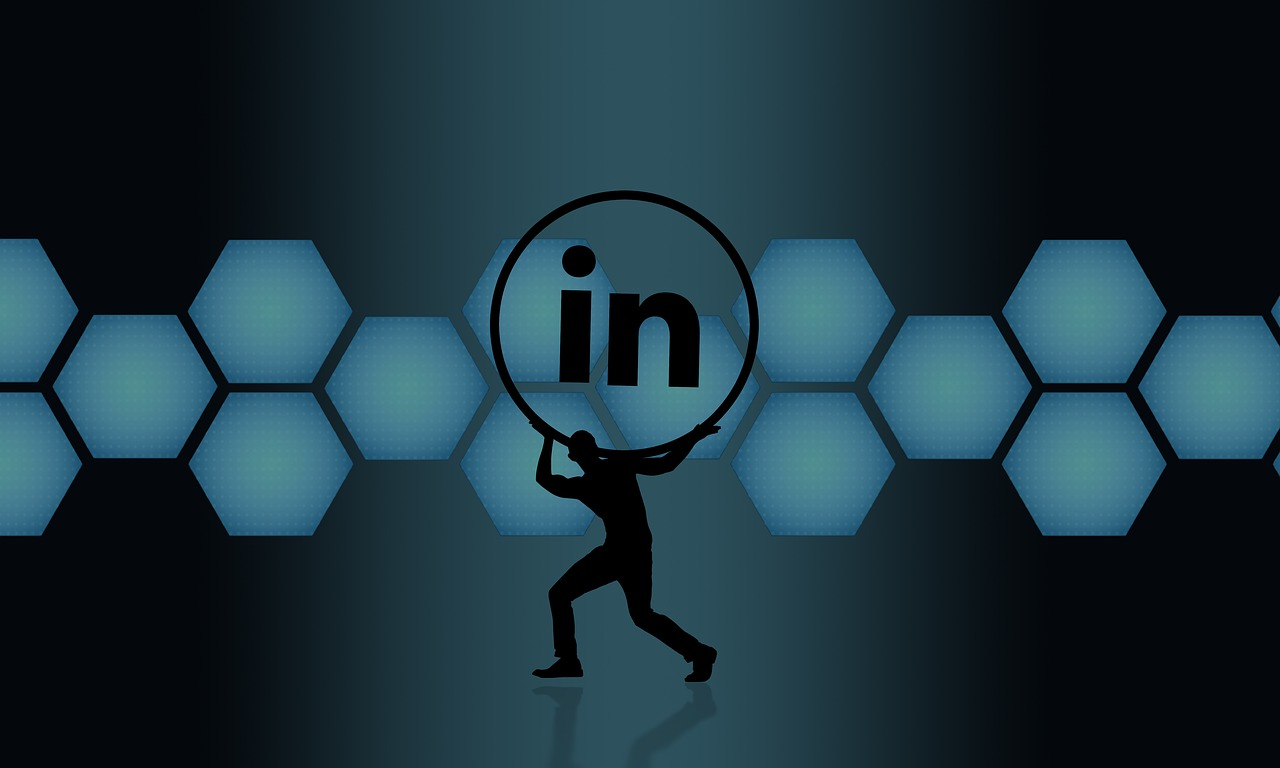
3. Use LinkedIn’s paid sales tool
LinkedIn features a fascinating paid ad tool that works on a “pay per click” model, But, unlike other social media platforms, it has the ability to customize based on company name, job title, job function, skills, schools, past company, industry, language, non-profit interests and groups.
You are able to target your audience on a deeper level instead of simply hitting a generalized demographic. LinkedIn targeting is unparalleled in the realm of digital marketing.
Say you have a digital marketing business for retail business owners. You can choose “digital marketing retail” or “social media marketing for retail”, when LinkedIn asks you to specify your target customers’ interests. This is how detailed the targeting on Linkedin can be.
It doesn’t matter if your business follows the B2B SaaS SEO model or not, spending time on revenue generating activities on LinkedIn using the paid tool can prove to be very fruitful as it boasts a wide array of robust analytics that can give your sales team real-time insights.
A sponsored update is a good way to connect with customers, and you can promote your content with a strong call to action to visit your website. You can reach a niche audience and increase leads and visitors to your website. Ecommerce LinkedIn marketing has to be subtle; it is a professional network and the spammy advertising of Facebook or Instagram does not work here.
The paid tool has many useful features to step up your sales game:
- An advanced algorithm that lets you target a “micro” demographic with better opportunities to convert prospects into customers.
- Sales insights from the LinkedIn Sales navigator that lets you make informed decisions and helps you recognize opportunities.
- Relationship building tools to make you engage with and develop your connection on your ecommerce LinkedIn profile.
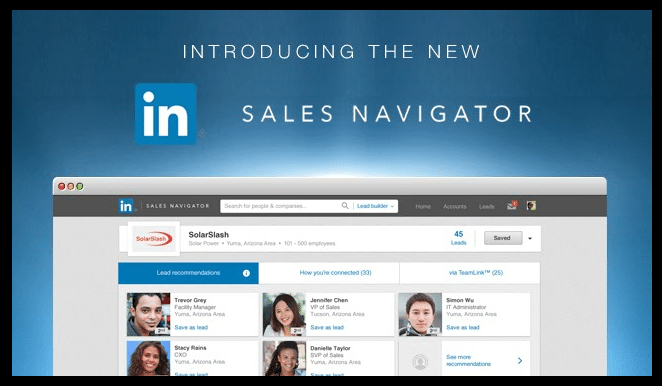
4. Join and participate in LinkedIn groups
Whether you have a small business or a scaling one, LinkedIn groups can help you reach your key demographic and attract traffic from LinkedIn. They help you discover what your prospective customers are talking about, but also give you a chance to interact and engage with people and rope them in eventually.
LinkedIn groups allow you to message members of your groups even if you are not connected. LinkedIn InMail, the messaging service, is an exceptional tool to build relationships. LinkedIn groups are free to use and connect with your audience, having benefits very similar to the paid tool in terms of targeting.
Another way to leverage LinkedIn groups is to create a group yourself. Here, you will be able to connect with your ideal, ready-to-buy prospects. You can find them in other groups and then invite them to join your group. Having so many of your prospects in one place can be overwhelming, but strategize your sales and marketing techniques carefully and you can reap the rewards.
Make your group a prominent place for discussion, interactions, and engagement. Your group can help cement your place as a subject matter expert and industry leader. Use it to demonstrate your value and expertise. Make it about the members, and then when you sneak in a covert sales message, it won’t come off as spam.
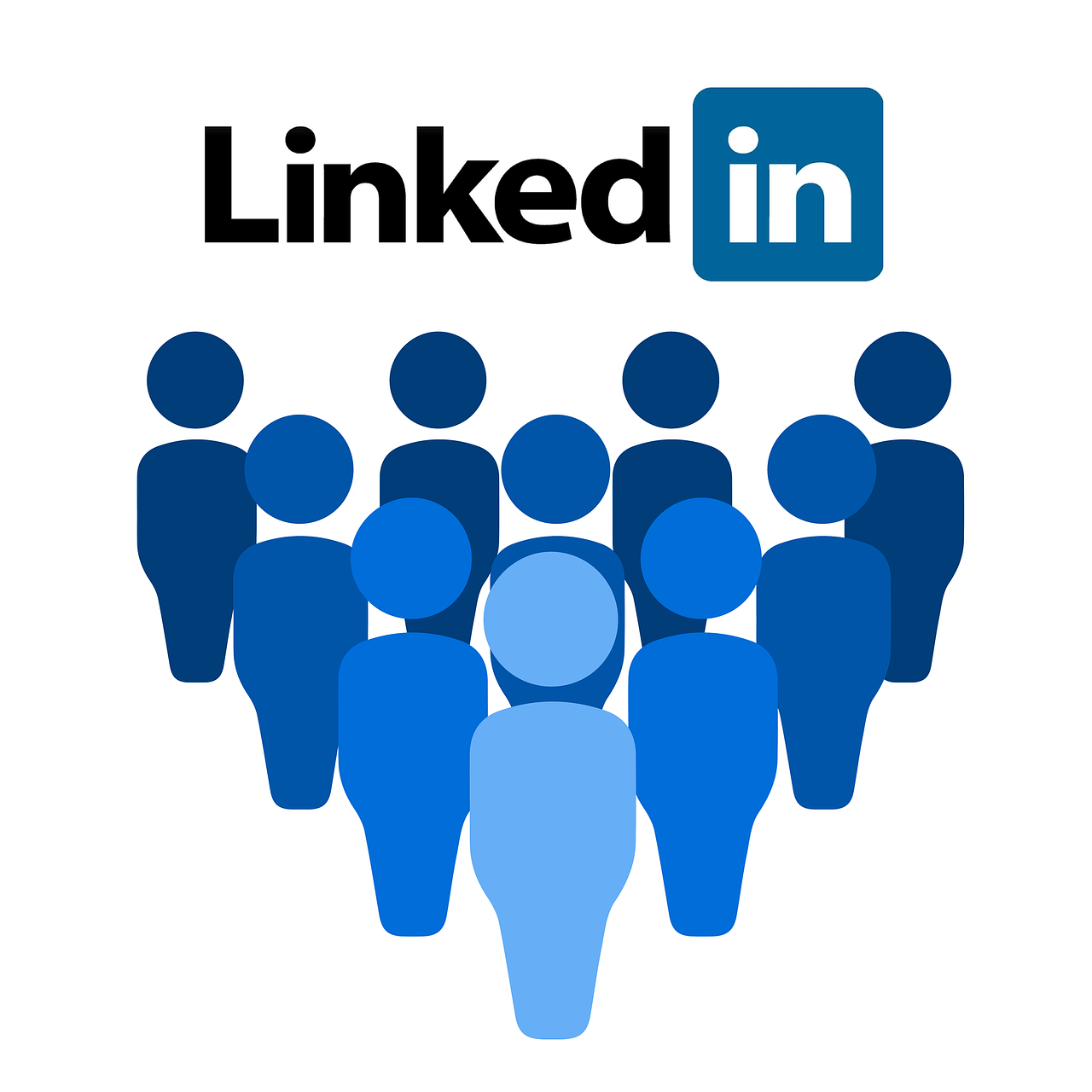
5. Post high-quality content
All your efforts to have a successful ecommerce LinkedIn presence will be in vain if your content isn’t appealing enough. Use your content to establish yourself as a thought leader in your niche and offer your readers value. Use your content to connect and engage with your connections.
Content that delights is key to a vibrant LinkedIn marketing strategy. Create good content and then distribute it via your profile, paid ads, and groups. Use LinkedIn like a blogging platform. LinkedIn is arguably becoming a publishing platform. Write and publish articles that spark conversations and ignite ideas. Your content needs to draw like minded people to your page and your website.
Here are some pointers to create extraordinary content:
- Your headlines need to be attention grabbing, concise, and clear.
- No one has time to read a long article. Limit it to 1000 words.
- Make sure you write about conversations that are going on in your industry.
- Discuss action plans. Write about solutions to common problems. Address customer pain points.
- Try to get your content featured on LinkedIn’s channels.
- Make sure the content on your page is optimized for search. Don’t stuff keywords in, or get overly verbose. Use standard SEO for Google search rules.
- Post consistently.
- Post throughout the day. You can post a quick update using a photo, video, or sharing someone else’s article.
- What you write in comments is also content, so don’t forget to engage with people in the comments.
Be consistent and watch your sales numbers grow
Your ecommerce LinkedIn success is dependent on your dedication to being consistent with the tactics suggested above. As you keep adding targeted connections, and building your reputation as an authority in your industry, you will find yourself inundated with customers.
While LinkedIn is about professional connections and industry discussions, if you strategize intelligently, you can find customers on LinkedIn just as you can find employees. The ungated access and tools that LinkedIn provides to your customers dramatically increase the effectiveness of your marketing and sales efforts.
LinkedIn has higher conversion rates than other platforms, but consistency is key. This is because it is a professional network and sales efforts on Linked are less pushy and salesy than traditional marketing techniques like cold calling. Your proactive efforts coupled with the guarantee of trust that comes with the professional networking will help you build your brand and generate leads.
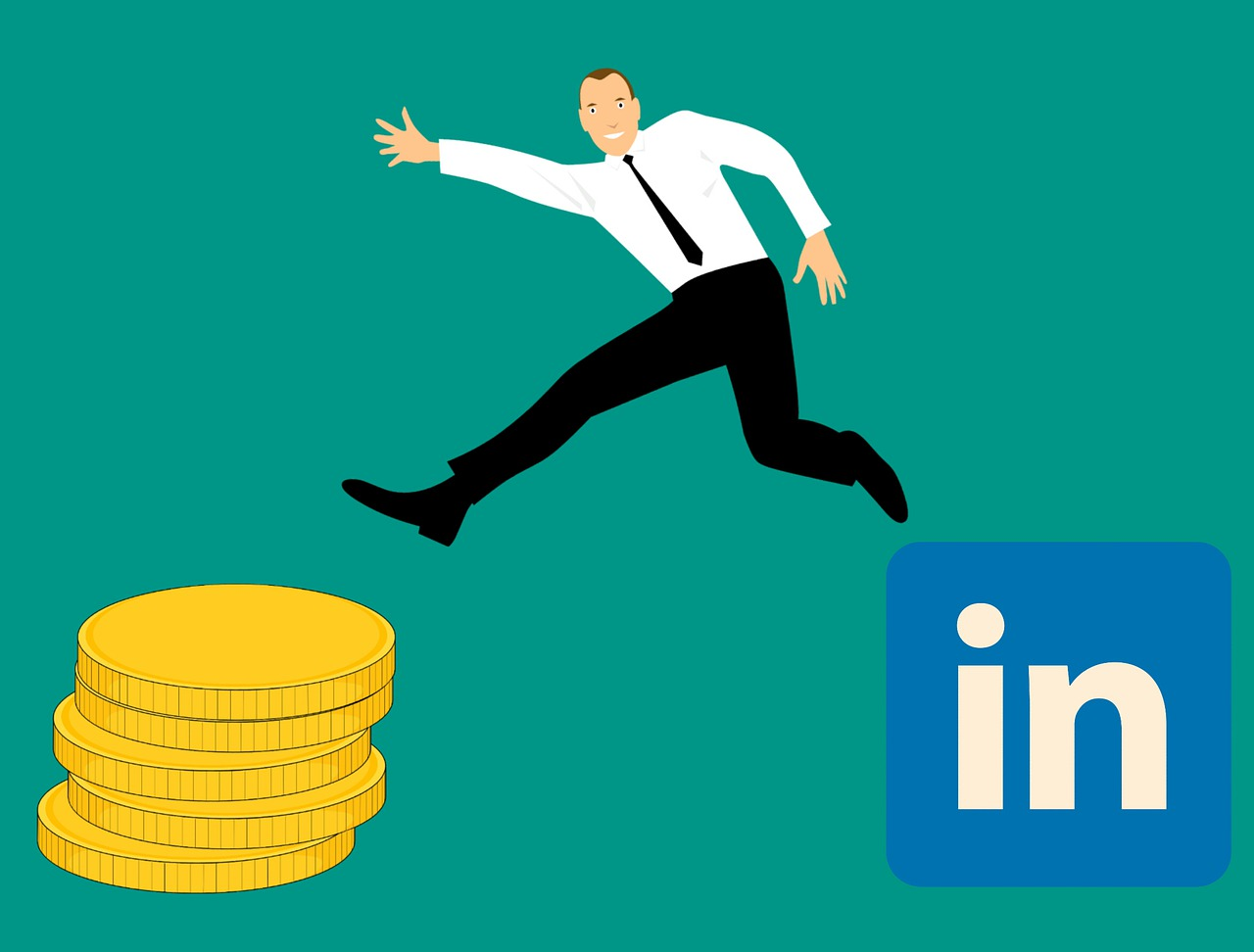
Sales prospecting on LinkedIn is the next big thing in the digital marketing realm, if you aren’t using LinkedIn to grow, you are missing out on a huge opportunity.

You must be logged in to post a comment.